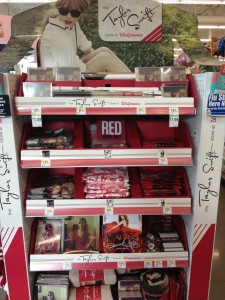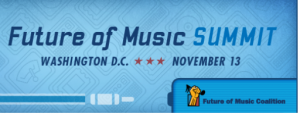 **If you like this post, you may also enjoy my follow-up post 5 Things Indie Musicians Can Learn From Taylor Swift’s 1989 Release**
**If you like this post, you may also enjoy my follow-up post 5 Things Indie Musicians Can Learn From Taylor Swift’s 1989 Release**
Album sales may be plummeting in the music industry overall, but Taylor Swift’s latest album hit the number one position on iTunes’ Top Album charts within 36 minutes of its release last month and remained there for the past three weeks. First week sales were 1.21 million copies, according to Nielsen Soundscan – the biggest first-week figure for a new album in more than a decade. None of this was an accident – it was the result of a carefully orchestrated and deeply creative yet disciplined launch. What lessons can indie musicians take away from the way the upstart Big Machine Label Group marketed Taylor Swift’s “Red”? Sure, Swift’s label probably spent millions of dollars of marketing budget and had relationships with huge retail chains, but there are some lessons for smaller music marketing budgets.





